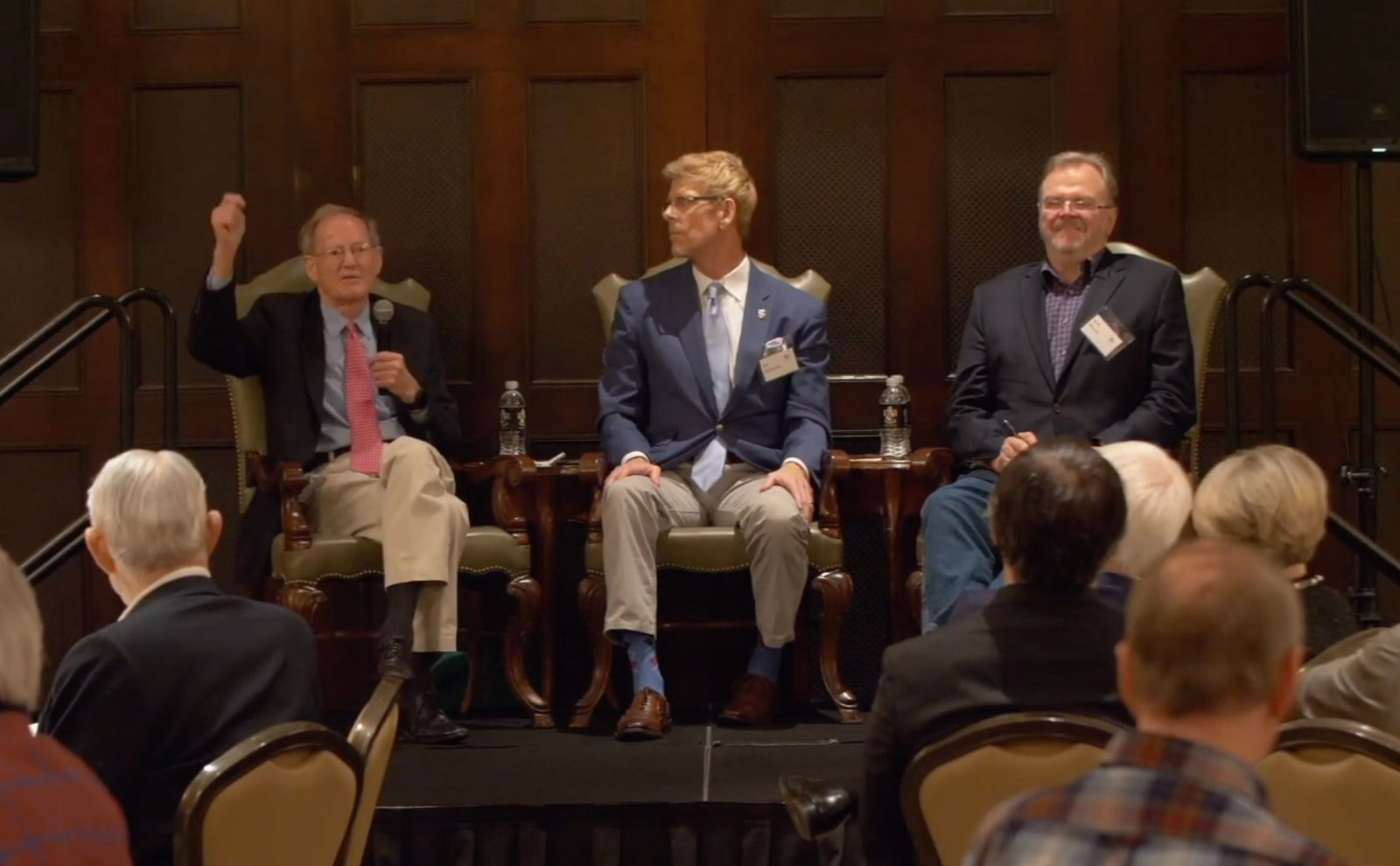


The Case for Killer Robots

A Moral Argument for Killer Robots: Why America’s Military Needs to Continue Development of Lethal AI

How Algorithms Can Seem Racist

Has AI Been Racist?

COSM 2019
The COSM Conference is a premier national summit on the converging future of technology. Held in the beautiful Pacific Northwest, COSM highlights the interplay between global innovations and the pullulating Seattle scene of some of the world’s leading tech companies confronting the fastest moving opportunities. Focusing on the “systems of the world” competing to shape our economy and society, the mission of the conference Read More ›

Science Uprising 02: Mind
Are we simply robots made out of meat? Or is there an inescapable “I” who makes real choices that can change our lives? This episode of Science Uprising (Mind: The Inescapable I) challenges claims by materialists like Steven Pinker, Sam Harris, and Daniel Dennett that humans are simply robots without free will. Be sure to visit scienceuprising.com to find more Read More ›

Science Uprising 01: Reality
Has science proven we are all just matter? Or does reality extend beyond what we can see and touch? Be sure to visit scienceuprising.com to find more videos and explore related articles and books. This transmission of Science Uprising investigates claims by scientists and professors like Neil deGrasse Tyson, Carl Sagan, and Daniel Dennett, who try to hijack science to Read More ›

Google Does Not Believe in Life After Google
As the third and final speaker at the Dallas launch of the Walter Bradley Center for Natural and Artificial Intelligence, philosopher of technology George Gilder, author of Life after Google, offered some insights into the ultimate vision of the current AI technocrats. See also: “George Gilder: Life after Google will be okay“. “Seriously, the Google people do not believe that Read More ›

Creative Freedom, Not Robots, Is The Future Of Work
Can training for an AI future be trusted to bureaucrats? We hear so much about how the artificial intelligence revolution and machine learning robots will gobble industrial era jobs that we don’t notice the digital era jobs unfilled. The Officially Smart people are telling us two scenarios, good and bad, about the impact of artificial intelligence (AI), says Jay Richards, Read More ›